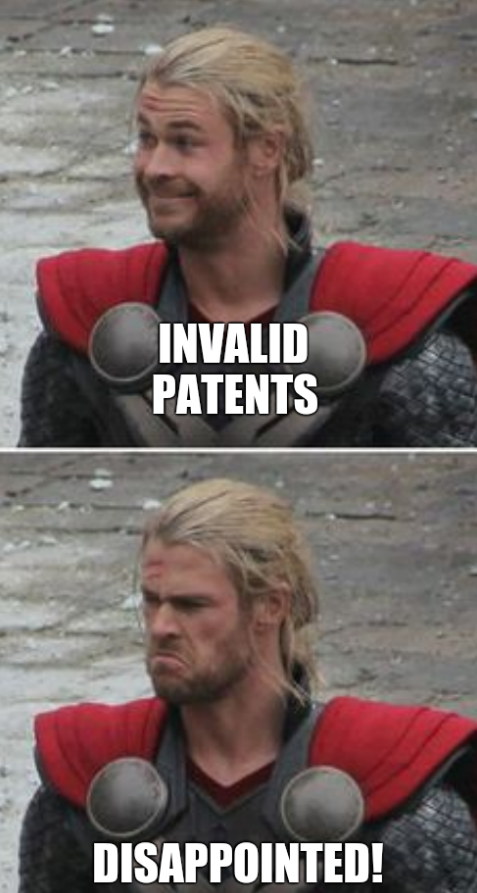

TWO blog posts caught our attention yesterday and we've already mentioned these in Daily Links. But these merit futher debate. They show that the U.S. Patent and Trademark Office (USPTO) disregards 35 U.S.C. ۤ 101, dis-empowers the Patent Trial and Appeal Board (PTAB) where inter partes reviews (IPRs) remove fake patents, and leaves the Federal Circuit -- an actual court -- to clean up the mess.
"It's an attack on the legal mechanisms -- similar to what we've been witnessing at the EPO."Shades of António Campinos (and prior to him Battistelli) at the European Patent Office (EPO). They're using the "hey hi" (AI) hype to justify abstract software patents [1], the judges are being besieged [2], and as a result more patents are being granted [3] -- irrespective of underlying legitimacy.
As we put it yesterday in Daily Links, the USPTO "lowered patent quality again (by granting loads of illegal patents such as abstract ones, using ridiculous loopholes)" and "software patents booster Michael Borella (no, he's no coder) [wrote about] the Office cherry-picking PTAB cases so as to continue granting illegal, fake, bogus, laughable patents..."
According to Unified Patents, PTAB proceedings were down by a quarter last year, just as Iancu had planned and hoped. It's an attack on the legal mechanisms -- similar to what we've been witnessing at the EPO. ⬆
Related/contextual items from the news:
Moreover, the Examiner found that the claim also fails under the second step of Alice. To that point, the Examiner wrote that the claimed invention "[d]oes not amount to significantly more since it is just decoding a transcription using a mathematical formula or relationship."
[...]
This case is of note because it is one of the first in which the PTAB has confirmed that a machine learning invention can be non-abstract. While the USPTO's example 39 has suggested that one can claim a machine learning procedure without reciting any of the underlying mathematics, a mental process, or a method of organizing human activity, this decision affirms that is the case. The PTAB also seemed persuaded, based on statements made in the specification, that the claimed invention entails an improvement over previous techniques used to address the problem domain.
Of course, a district court or the Federal Circuit might agree or disagree. But, at the very least, the reasoning herein provides a roadmap for claim drafting and prosecution that may situate an invention to pass ۤ 101 muster in the USPTO.
Keeping with the trend of previous years, the volume of new patent disputes decreased yet again in 2019. However, the number of patent disputes involving Non-Practicing Entities (NPEs) increased by 4% compared to 2018, perhaps fueled in part by the sharp decrease in new PTAB petitions and low institution rates.
Highlights:
- The number of new PTAB proceedings (IPRs, CBMs, and PGRs) is down 23% compared to 2018. Meanwhile, the PTAB’s institution rate in IPRs has remained steady with trial being instituted in 62% of proceedings in 2019.
New Record – 354,507 Utility Patents issued by the USPTO in 2019. The decade (2010s) also outstripped any other decade by leaps and bounds.